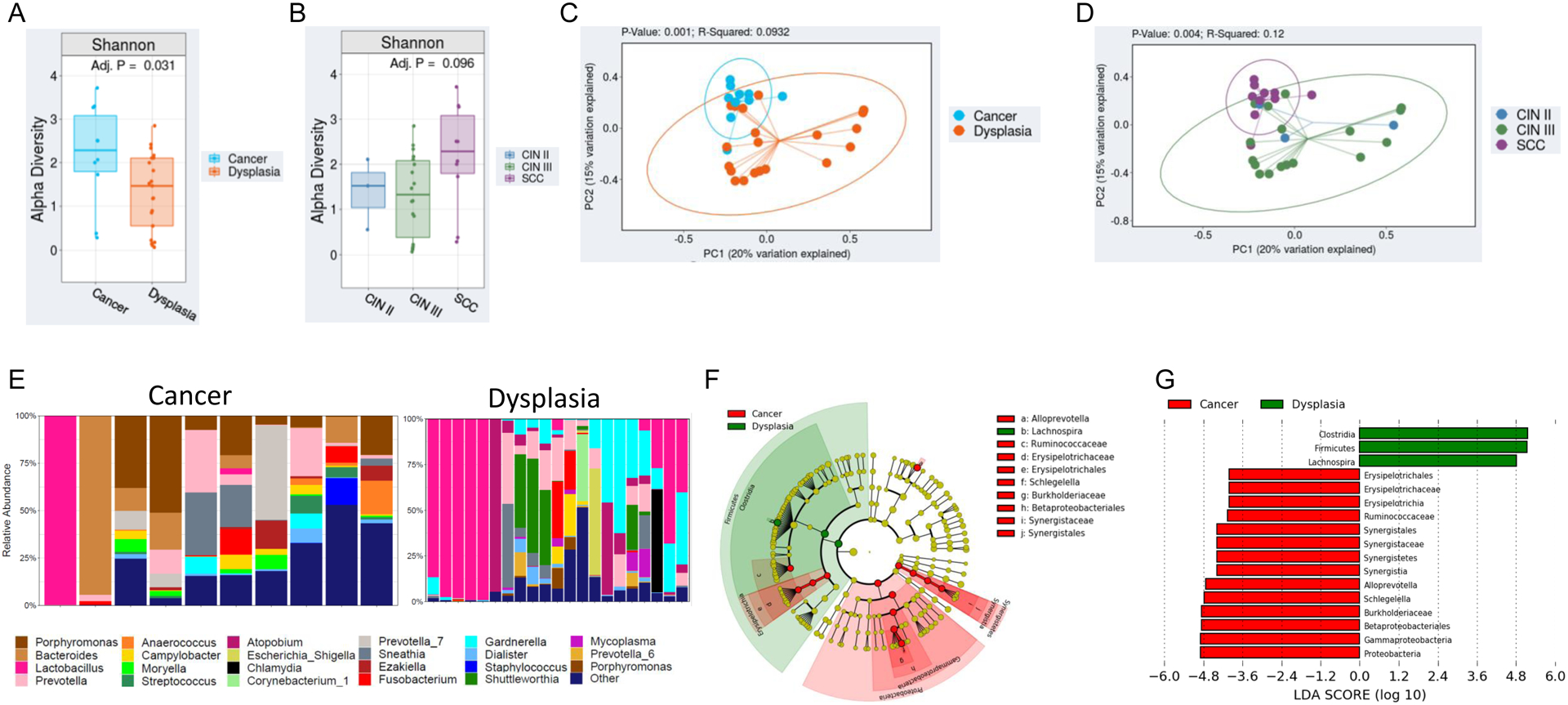Figure 2. The cervical microbiota in individuals with cervical cancer is significantly different than individuals with cervical dysplasia.

A,B) Overall alpha diversity, as assessed by Shannon diversity in cervical dysplasia (n=21) and cervical cancer patients (n=10). C,D) Beta diversity, as assessed by Bray-Curtis weighted UniFrac in Cervical dysplasia vs cervical cancer patients. E) Stacked bar plot of the top 15 most abundant genus-level bacteria in cervical dysplasia patients vs cervical cancer patients. Each bar represents a single participant. F,G) LEfSe analysis identified the most differentially abundant taxa between cervical dysplasia and cervical cancer patients. F) Cladogram representation of the significantly different taxa features from phylum (inner circle) to genus (outer circle). G) Histogram showing the LDA scores of genera differentially abundant between the two groups. LEfSe was restricted to p < 0.05 for class and subclass analysis and a minimum LDA score of 2.0.
